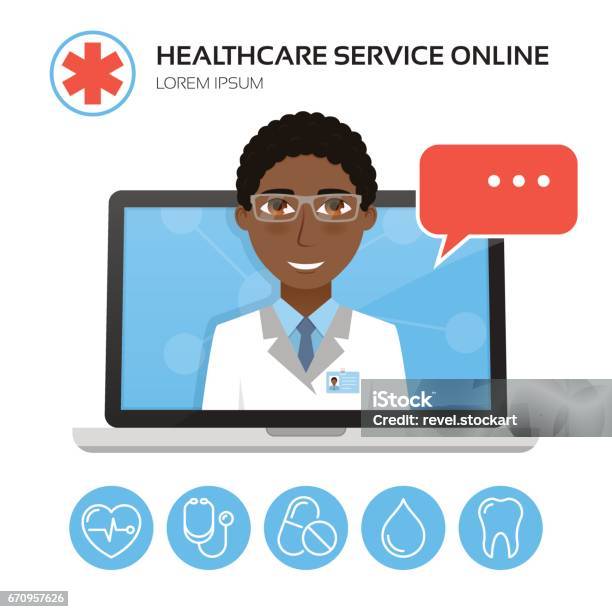Subscription Based Healthcare: Changing the Way We Think Of Health
The Increase of Subscription-Based Healthcare and Its Influence On Person Care
As healthcare develops, the subscription-based design is obtaining grip, assuring to revolutionize patient care by providing predictability and availability. These versions, which bypass conventional insurance policy, could redefine the patient-doctor dynamic, stressing preventative and personalized treatment. As with any innovation, they offer difficulties, especially worrying equitable gain access to for all socioeconomic teams. The potential for these versions to improve medical care distribution raises pushing questions regarding their long-term sustainability and inclusivity. Are these membership services the future of health care, or do they take the chance of leaving prone populaces behind? The intricacies of this shift warrant a better evaluation.
Understanding Membership Health Care Models
Understanding the idea of subscription healthcare models includes taking a look at a transformative method to clinical services that stresses cost and access. These designs, usually referred to as direct medical care (DPC) or concierge medicine, have actually emerged as ingenious choices to conventional fee-for-service medical care systems. Subscription health care enables people to pay a fixed regular monthly or yearly cost for a specified set of medical solutions, which may include unlimited office gos to, routine check-ups, and standard lab tests, without the requirement for traditional insurance payment.
The structure of registration healthcare versions is designed to streamline patient treatment by getting rid of third-party payers and complex payment codes, thus minimizing management concerns. Doctor can concentrate extra on individual treatment, cultivating stronger patient-provider partnerships. This model additionally promotes preventative treatment by motivating normal sees, as the financial barrier of per-visit charges is gotten rid of.
The membership version frequently equips doctor to take care of smaller person panels, allowing for even more individualized treatment. It aligns economic rewards with person health and wellness outcomes, as providers are inspired to maintain individual fulfillment and well-being. On the whole, comprehending subscription health care models calls for recognizing their potential to improve how care is delivered and accessed.
Benefits for Suppliers and people
With a consistent profits stream, healthcare specialists can dedicate more time to each individual, leading to a more comprehensive and tailored care experience. The focus on preventative treatment within registration plans can lead to much better person results and decreased long-term medical care expenses.
Concerns and challenges
While subscription-based healthcare versions existing many benefits, they likewise come with a collection of challenges and problems that need to be resolved. This elevates moral questions concerning fair access to healthcare services.
Financial sustainability of subscription-based versions is another problem. read this Service providers should balance the fixed earnings from memberships with the variable prices of health care services, which may rise and fall due to unanticipated medical demands. This can produce pressure to restrict services or boost costs, possibly influencing person fulfillment and care top quality.
In addition, regulative oversight of subscription-based healthcare models is still developing. Attending to these obstacles is crucial for the fair and successful execution of subscription-based healthcare.
Effect on Patient-Doctor Relationships
One considerable influence of subscription-based health care versions on patient-doctor connections is the capacity for improved connection and customized care. By taking on a subscription design, physicians can manage a smaller patient panel, enabling more devoted time with each person. This boosted accessibility fosters a deeper understanding of a client's case history, lifestyle, and choices, enabling extra tailored treatment plans and treatments.

However, it is vital to identify that while subscription-based designs may benefit those that can afford them, they could unintentionally broaden health care variations. Clients who are incapable to get involved in these versions may experience lower access to personalized treatment, possibly impacting their partnerships with healthcare suppliers. Thus, while the registration design provides promising benefits for patient-doctor partnerships, it likewise presents difficulties that need to be resolved to guarantee fair health care accessibility.
Future of Health Care Access

The duty of technology can not be neglected in this change. Telemedicine systems and digital health documents help with smooth communication between people and healthcare suppliers, breaking down logistical and geographical barriers. Furthermore, innovations in artificial intelligence and information analytics can additionally personalize treatment by predicting person needs and maximizing therapy strategies.
However, the future of health care gain access to likewise presents difficulties, such as ensuring equity across different socio-economic groups. Policymakers and doctor must team up to connect the electronic divide, making sure that subscription-based designs continue to be affordable and comprehensive. As these systems mature, they hold the other pledge of making medical care extra easily accessible, effective, and patient-centric.
Final Thought
Subscription-based health care models are improving patient treatment by supplying a secure expense framework and improving accessibility. These versions strengthen patient-provider connections via individualized treatment and routine gos to, highlighting preventative health. Regardless of these advantages, difficulties such as availability issues for low-income populations and the demand for equitable health care solutions linger. The increase of subscription-based healthcare urges proactive client involvement, which has the prospective to enhance client results and complete satisfaction, indicating a transformative shift in healthcare distribution.
As medical care progresses, the subscription-based design is gaining traction, assuring to change patient treatment by supplying predictability and access.Subscription-based medical care models supply distinct benefits for both companies and people, improving the general healthcare experience.As health care systems develop, the future of healthcare gain access to often pivots on the integration of innovative versions and technologies.Subscription-based healthcare versions are reshaping person care by sites supplying a steady expense structure and enhancing ease of access. The rise of subscription-based healthcare encourages aggressive person involvement, which has the possible to enhance client end results and complete satisfaction, signaling a transformative change in health care distribution.